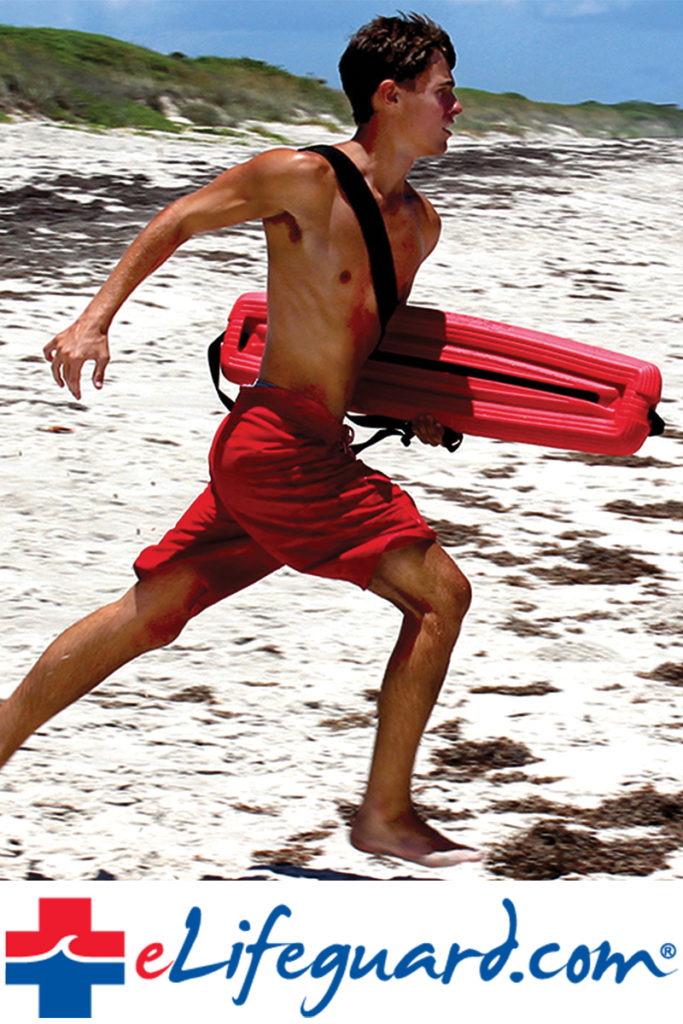As the lifeguard shortage continues to pose a threat to the industry, we look to special programs as a source of help. Junior lifeguard programs provide a potential solution. Luckily, that solution is fairly simple. If our programs focus on our young swimmers, there is hope that they’ll be more inclined to pursue a career in lifeguarding. These programs show our youth how exciting and rewarding it is to be a lifeguard, and they give them the preparation they need to succeed later down the line.

The lifeguard shortage exists for a myriad of reasons. With the rise of summer jobs and internships, many teens are torn between a job as a lifeguard or something else. If junior lifeguard programs continue to promote the job, there’s a better chance teens will be excited about lifeguarding.
The purpose of a junior lifeguard program is to educate and train preteens on lifesaving skills, swimming skills, and general information about becoming a lifeguard. These programs are fun and collaborative—most of them include competitions and fun games for participants to enjoy.
It’s important that these programs balance the fun with education. Preteens are at an impressionable age, so they should enjoy the program. Programs differ from facility to facility, but a few key things should be incorporated into any program:
- Education on a career as a lifeguard
- Development of swimming skills
- Lifesaving tactics, including in-water rescues
- First Aid, CPR and AED
- Competitions and games
- Collaborative, accepting environment where all junior guards feel comfortable
 If you’re interested or know someone who is interested in becoming a lifeguard, now is the time to step up and join the crew of saving lives! Your help is needed and appreciated, because having more lifeguards is absolutely critical in order to keep our beaches and pools safe.
If you’re interested or know someone who is interested in becoming a lifeguard, now is the time to step up and join the crew of saving lives! Your help is needed and appreciated, because having more lifeguards is absolutely critical in order to keep our beaches and pools safe.
To be sure that you are not missing out on any of our lifeguard videos & stories, please subscribe to our newsletter here.
For videos, articles, & events about lifeguarding related industry topics, visit www.lifeguardtv.com





